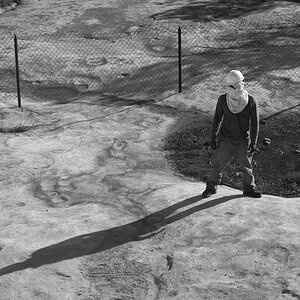Arkanjel Imaging
No longer a newbie, moving up!
- Joined
- Jun 8, 2009
- Messages
- 1,229
- Reaction score
- 160
- Location
- SW Florida
- Can others edit my Photos
- Photos NOT OK to edit
Im looking to add panoramic ability to my tripod setup (Gitzo Systematic GT3541LS / RRS BH-55 ballhead.) And Im wondering what would be the most practical way to go. I like a leveling base because its the more stable of the two options IMO. The only time I would need the leveling capability is when Im doing panos though. And I typically wouldnt want the extra height/weight. But removing it all the time would be, well, dumb. With a panning clamp I could just throw it on when I want to shoot a landscape and swap it right back out again. But given the choice I would rather use the panning base of my ballhead. Its much larger so adjustments would be much more precise. Its kind of a toss up for me right now. Prices are fairly close for either so that wouldnt be a deciding factor.
I havent had experience with either so any input, for or against, would be greatly appreciated.
I havent had experience with either so any input, for or against, would be greatly appreciated.


![[No title]](/data/xfmg/thumbnail/36/36401-dfb1077e5917eb47c5acf9c208e7be2a.jpg?1619737552)

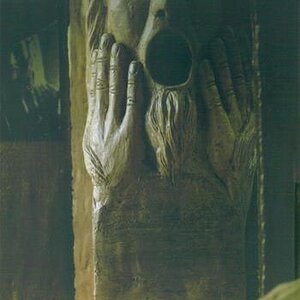
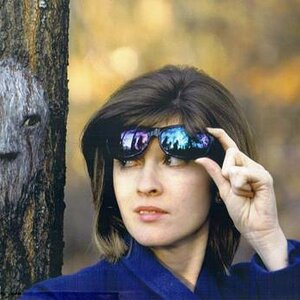
![[No title]](/data/xfmg/thumbnail/42/42481-e35ff0c514a554d7bd4381fb2ae79c5a.jpg?1619740195)
![[No title]](/data/xfmg/thumbnail/40/40296-1e3931509698e96fed6a0e43f5cb4adc.jpg?1619739411)
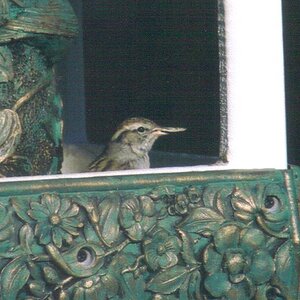
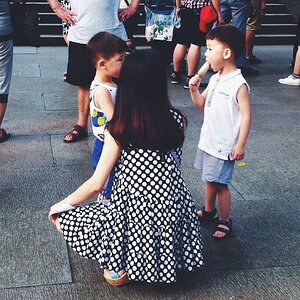
![[No title]](/data/xfmg/thumbnail/42/42482-3d0e794a92737ca7ecbc8125874457aa.jpg?1619740195)
